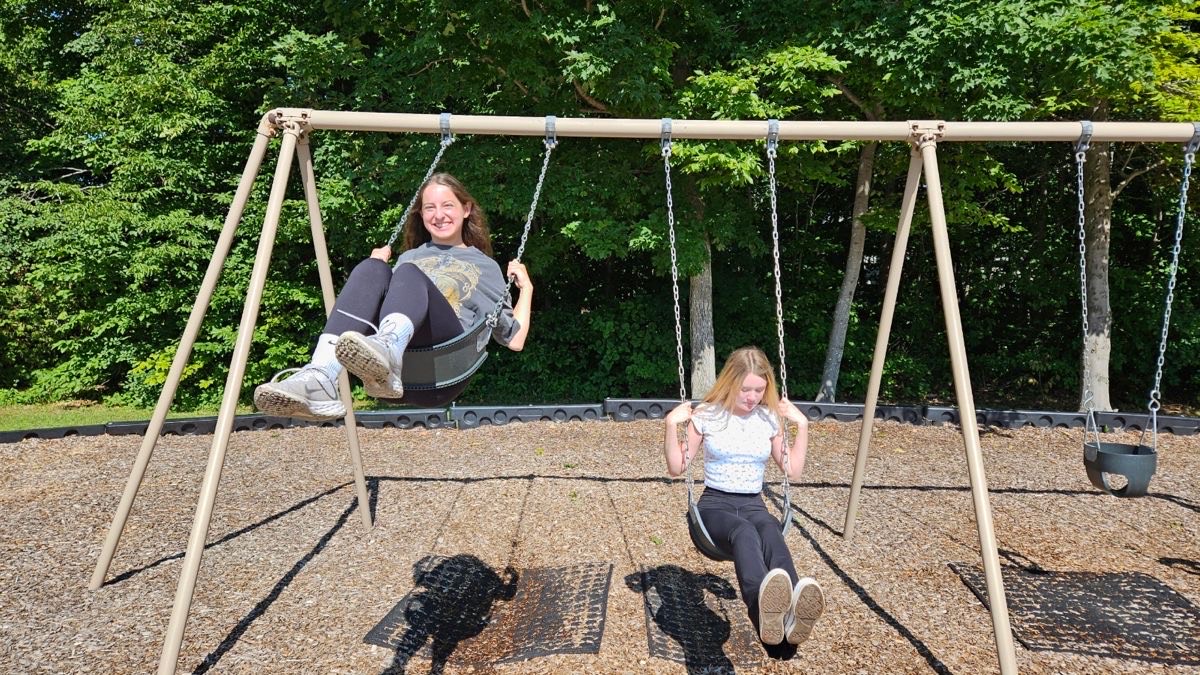Gen Z, as a whole, is chronically online.
While this might not be true of every single individual in the population, in the United States specifically, it’s undoubtedly a general trend.
In a 2020 Pew Research Study, it was found that 45% of 13 through 17-year-olds claimed to be online “almost constantly.” Further, another 44% were said to be online at least several times a day. Only a small margin, 11%, defined themselves as being online less frequently.
Although the sheer number of Gen Z online isn’t necessarily surprising, it does raise questions as to why so many young people are attached to the digital world.
While the glaringly obvious explanation for Gen Z’s internet obsession is technology’s abundance, there’s more to the picture. Obviously, screens are incorporated in virtually every aspect of society. And yes, most teenagers have been raised only knowing the online society of the 21st century. Despite this, one of the biggest contributing factors doesn’t even directly relate to technology itself: society’s lack of social spaces.
When considering where teenagers spend the most time with their peers, school is undoubtedly the largest setting for social interaction. Sports, as well as clubs and religious organizations, are also sizable hotspots for teen communication. But, when factoring out pre-planned and organized activities, where does Gen Z spend most of their time?
Most would say online.
A large factor in the internet epidemic stems from the lack of proper social outlets. Thus, Gen Z turns to the internet, not necessarily because they love to be online, but because they don’t know where else to go.
This is due to the fact that, as a whole, modern society as a whole lacks third places.
For those unfamiliar, third places can be defined as social spaces, outside of the home and work, where communities are established. Some examples of third places include libraries, parks, and cafes; all areas that aren’t necessarily associated with younger generations currently.
Even though the lack of sufficient third places has an effect on all age demographics, it seems to have a disproportionate impact on young people. Even more than their older counterparts, teenagers are at an integral phase of life where they need social interaction with others to grow as people and develop communities.
However, while it’s true that there aren’t many stellar examples of third places currently, it would be unfair to claim that there is a complete desolation of them in the US.
Parks generally exist in most American cities, as do libraries, and restaurants litter most urban centers. Similarly, malls and shopping centers still exist in most towns, even if their business’s popularity has been trumped by online shopping.
Even so, in most communities, none of these areas have distinct youth establishments within them. How many teenagers, after a tiresome day of school, just show up to a local coffee shop and are guaranteed to be immersed in an engaging social scene? Not many.
And while malls can be relatively engaging, does shopping really have to be a center of teenage social activity?
The deficit of third places is a tough issue to solve, no matter how glaring it may be.
Establishing concrete communities that teenagers would actually pick spending time in—over their devices—is a difficult task. Similarly, the question of what kind of activities to invest in is another difficult decision to make—especially because teenagers aren’t exactly known to be the most open demographic.
While it’s ignorant to say that the online epidemic will be cured by an increasing influx of third places, the establishment of social areas for teenagers is undoubtedly a place to start.




























































































